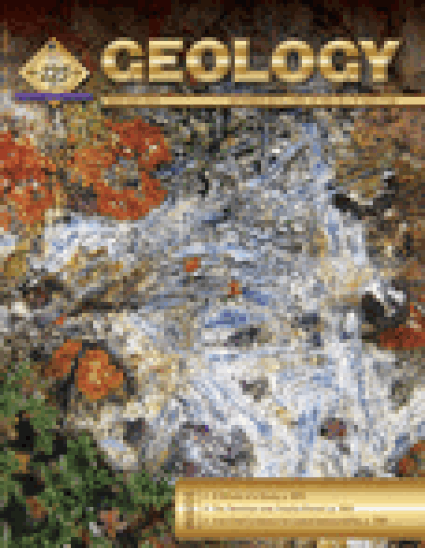
Field evidence shows that pyroclastic flows can entrain blocks from underlying substrates formed by earlier geological events, yet, counterintuitively, they are less likely to erode unconsolidated layers of fine particles. Here we report laboratory experiments that reproduce these seemingly contradictory observations and also offer a means to infer pyroclastic flow velocity. Experiments demonstrate that the sliding head of a granular flow generates a dynamic upward pore-pressure gradient at the flow-substrate interface. Associated upward air flux is enough to fluidize a substrate of fines, so that particles are not entrained individually but the substrate instead is subject to small shear instabilities. In contrast, coarse particles forming a non-fluidized substrate are lifted at a critical upward force due to the pore-pressure gradient, according to their individual masses, which provides a basis for a model to calculate the flow velocity. Application to the 18 May 1980 pyroclastic flow deposits at Mount St. Helens (Washington State, USA) gives velocities of ∼9–13 m s–1 at ∼6–7 km from the vent on gentle slopes (<4°–6°), in agreement with field observations at this volcano and at others.
Available at: http://works.bepress.com/brittany_brand/7/
